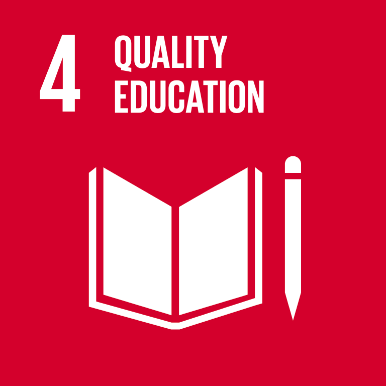SDG 4 Targets

The United Nation’s Sustainable Development Goal (SDG) 4.1 is an example of an international education benchmark. Goal 4.1 states that by 2030, countries will “ensure that all girls and boys complete free, equitable and quality primary and secondary education leading to relevant and effective learning outcomes.” The goal is measured by the percentage of children in grades 2 and 3 who are achieving a minimum proficiency in reading.
Countries have the option of using results from a nationally representative Early Grade Reading Assessment (EGRA) for SDG 4.1. Results are estimated by using the percentage of students who can read proficiently at a level determined by the ministry of education.
In education, a benchmark is like a target—a score that measures a student’s performance on a task, which shows that student has a particular level of skill. The benchmark is the marker score for a skill level. We rely on benchmarks to understand and compare student performance in reading, as well as in other subjects. Student performance scores in reading can be compared to reading benchmarks and used to track the performance of a school, district, or whole education system. Benchmarks can also be used to find students, schools, districts, or systems that need more support.
Grade 2 SDG 4.1 Targets Comparison
- * Grade 2 and 3 data combined

